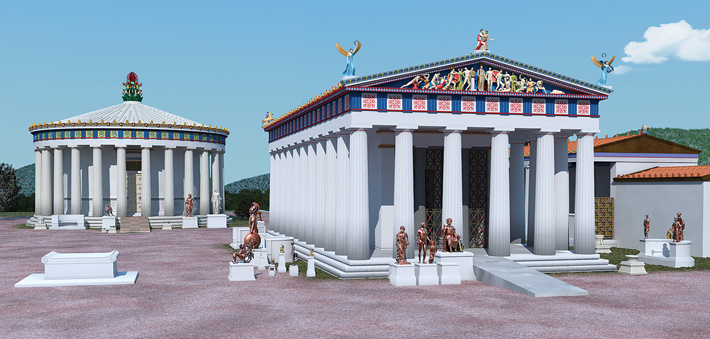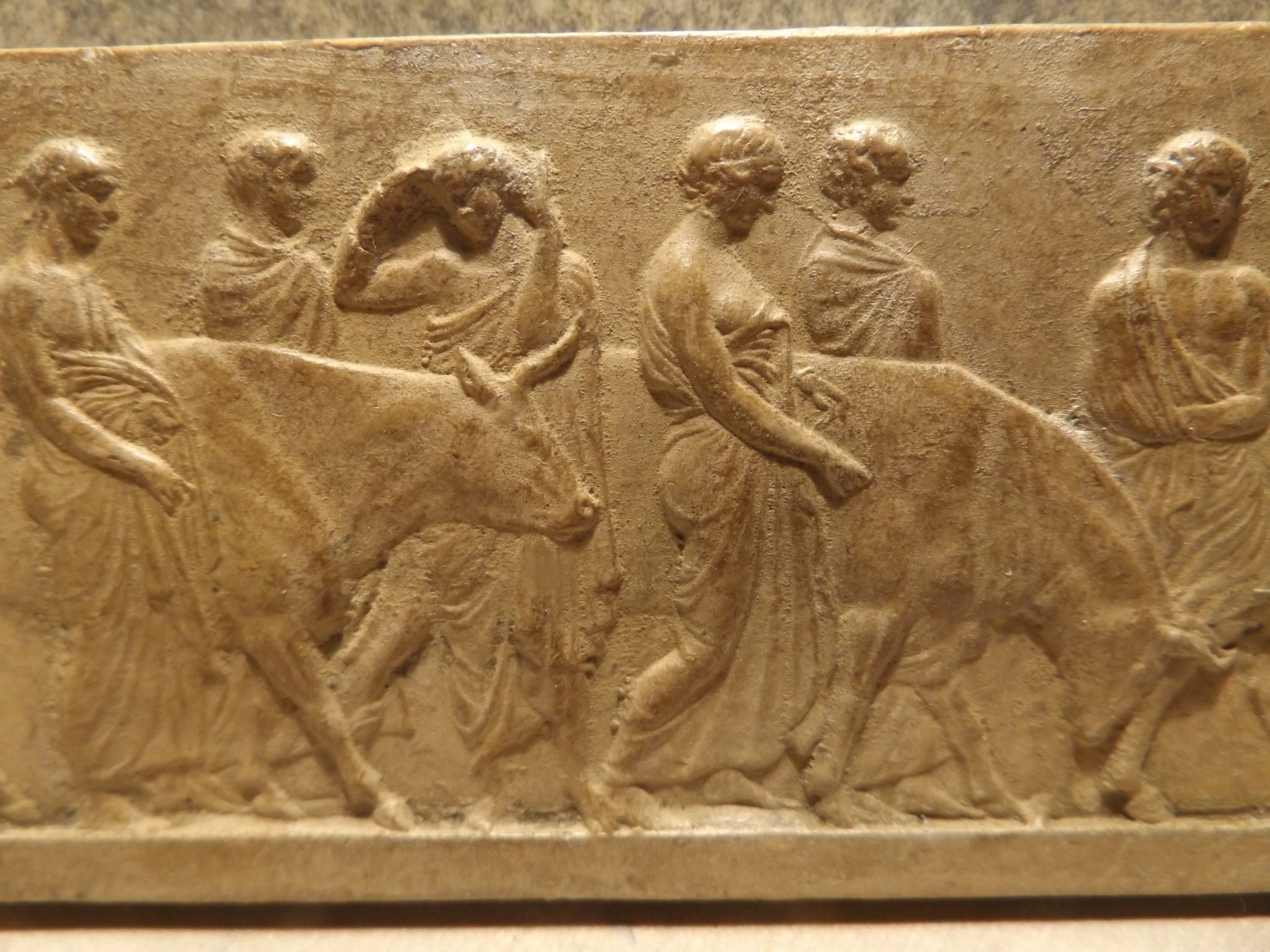Angela
Elite member
- Messages
- 21,823
- Reaction score
- 12,328
- Points
- 113
- Ethnic group
- Italian
Remarkably "progressive of them". 
https://www.archaeology.org/news/8873-200722-greece-ramps-disabilities
"Archaeologist Debby Sneed of California State University, Long Beach, says that evidence of ramps for use by the disabled has largely been overlooked at ancient Greek temples, according to a Science Magazine report. Sneed looked for evidence of ramps in published excavation reports and visited ancient Greek sanctuaries, focusing on fourth-century B.C. sites dedicated to Asclepius, the Greek god of healing. Sneed said she found evidence of ramps at some sanctuaries that had not been included in excavation reports. For example, Sneed totaled 11 ramps at the main Asclepius sanctuary complex at Epidaurus. A broad stone ramp led to the main temple, while two additional ramps led through the sanctuary gates. Smaller side buildings at the site were also equipped with ramps wide enough for a single walker. The ramps, Sneed explained, would have made it easier for people who walked with crutches or canes, and would also have aided those who were carrying disabled individuals on litters or stretchers. In contrast, she added, just two ramps were found at the massive Sanctuary of Zeus at Olympia. “The distribution is pretty clear: They show up in places where there are more disabled people,” Sneed concluded."

https://www.archaeology.org/news/8873-200722-greece-ramps-disabilities
"Archaeologist Debby Sneed of California State University, Long Beach, says that evidence of ramps for use by the disabled has largely been overlooked at ancient Greek temples, according to a Science Magazine report. Sneed looked for evidence of ramps in published excavation reports and visited ancient Greek sanctuaries, focusing on fourth-century B.C. sites dedicated to Asclepius, the Greek god of healing. Sneed said she found evidence of ramps at some sanctuaries that had not been included in excavation reports. For example, Sneed totaled 11 ramps at the main Asclepius sanctuary complex at Epidaurus. A broad stone ramp led to the main temple, while two additional ramps led through the sanctuary gates. Smaller side buildings at the site were also equipped with ramps wide enough for a single walker. The ramps, Sneed explained, would have made it easier for people who walked with crutches or canes, and would also have aided those who were carrying disabled individuals on litters or stretchers. In contrast, she added, just two ramps were found at the massive Sanctuary of Zeus at Olympia. “The distribution is pretty clear: They show up in places where there are more disabled people,” Sneed concluded."



